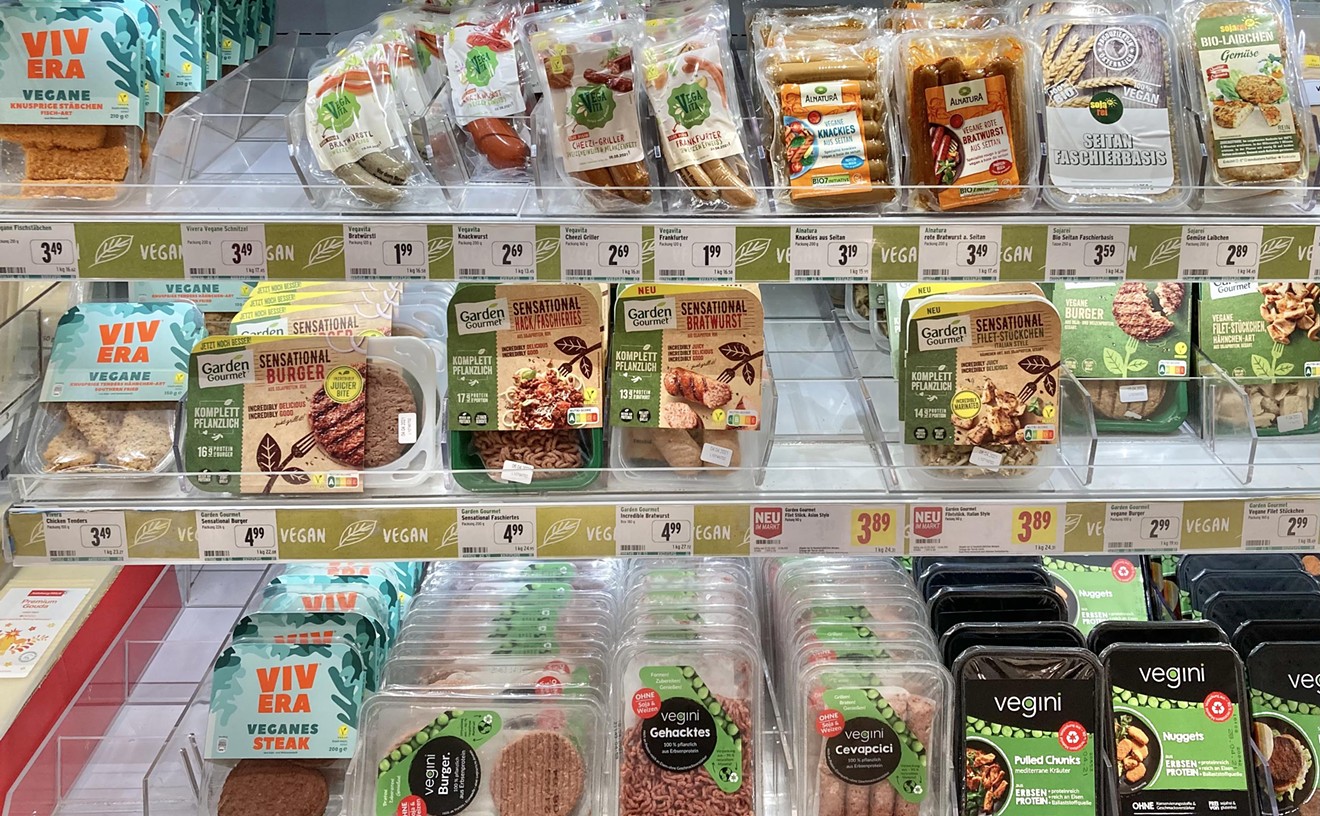For my grandmother Silvana, making cheese was an affair that required forethought and planning. First, you had to arrange with Don Jose, the farmer down the street, to milk his cow. A copper kettle, worn and tattered from years of use, would sit for hours, curdling the fresh creamy milk to make queso fresco -- fresh cheese, perfectly delicious.
One thing, though: That cow with the indignant look never produced yellow milk. So I wonder how and when Mexican food in the United States acquired yellow cheese. Cheddar or American, no matter. As long as it is yellow, it melts and is inexpensive, you see it regularly in Mexican dishes here.
Mexico produces a vast selection of exquisite cheeses. The art of cheese-making came from Europe during the 1500s. However, Mexico has produced unique regional treasures. I can assure you that none of these are yellow.
Some Mexican cheeses can be found locally. Cotija cheese from the state of Michioacan crumbles easily, has a slightly salty palate and is traditionally used as a dusting cheese for enchiladas and sopes. Asadero is a creamy melting cheese normally used for quesadillas and a cheese dip called queso fundido. Manchego cheese is a descendant of the original manchego from Spain -- even Trader Joe's carries a good selection of this flavorful cheese. Oaxaca cheese has characteristics similar to string cheese; it's full of flavor with a slightly sour finish and is excellent for melting and in quesadillas. Queso fresco is similar to fresh farmer's cheese, with a soft crumbly texture; it's flavorful and excellent for topping just about any Mexican dish. Queso Menonita is from Chihuahua and was originally made by the migrant Mennonite community. It is full of bold flavor and is an excellent snacking cheese. Queso Chihuahua is another bold cheese commonly used as a melting cheese. Queso añejo is an aged cheese with a strong smell and very bold flavor, used in similar fashion as Cotija.
Locally, these cheeses can be found at grocery stores that cater to the Hispanic community. However, the American versions of the original cheeses fail by comparison. The flavor is softer and not as rich.
You can, at times, purchase the imported and original cheeses at Mexican butcher shops. Carniceria el Camino on Thomas and 35th Avenue usually carries a small selection of imported cheeses.
Silvana Salcido Esparza is a local chef and restaurant owner.










